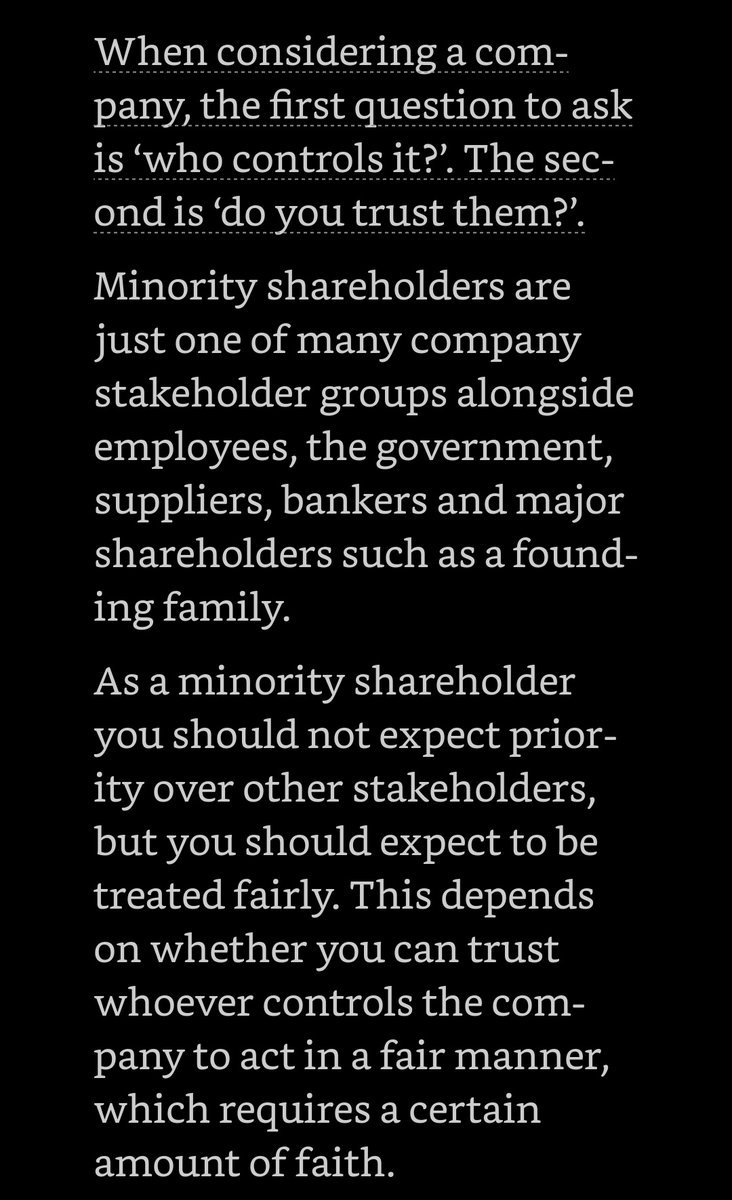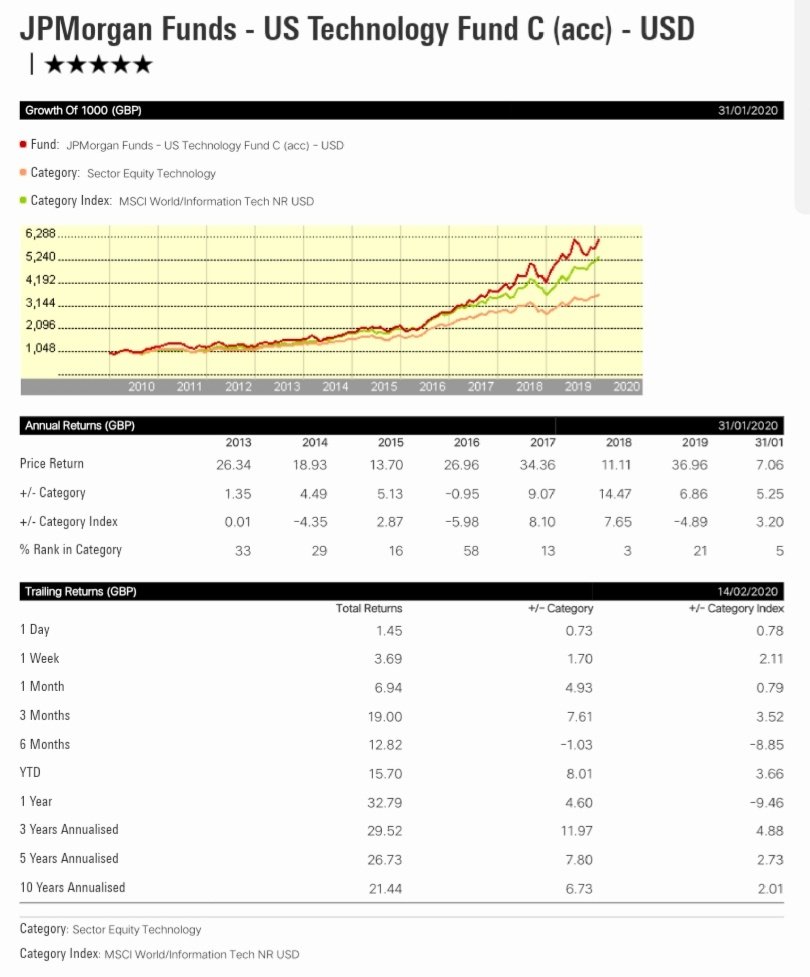
A thread demystifying Balanced Advantage Funds.
Facts behind their performance and different investment strategies they follow. Might help you look beyond just performance nos and deep dive into reasons behind it.
P.S. Long thread
1/n
Facts behind their performance and different investment strategies they follow. Might help you look beyond just performance nos and deep dive into reasons behind it.
P.S. Long thread
1/n
So let's start with basics..
What are Balanced Advantage Funds?
They are funds that shift their portfolio investmets between equity and debt, depending on market conditions and aim to provide equity like returns, but with lower volatility.
1/n
What are Balanced Advantage Funds?
They are funds that shift their portfolio investmets between equity and debt, depending on market conditions and aim to provide equity like returns, but with lower volatility.
1/n
How do they help you?
-Take away the need to time the markets
-Protect investments when markets are down
-Help overcome emotional bias while dealing with equity markets and their uncertainty
1/n
-Take away the need to time the markets
-Protect investments when markets are down
-Help overcome emotional bias while dealing with equity markets and their uncertainty
1/n
How exactly are they managed.
The key strategy is to shift equity levels between 30% to 100% (80% in some funds) based on a predefined model.
The equity levels are reduced by hedging some portion of equity exposure through derivatives.
1/n
The key strategy is to shift equity levels between 30% to 100% (80% in some funds) based on a predefined model.
The equity levels are reduced by hedging some portion of equity exposure through derivatives.
1/n
Example of how equity exposure is hedged
80% invested in stocks
20% short futures (stock or index)
Net equity (80-20) 60%
Since 80% is invested in stocks the fund qualifies for equity tax. Most funds make sure that investments in stock is above 65% to enjoy equity tax.
1/n
80% invested in stocks
20% short futures (stock or index)
Net equity (80-20) 60%
Since 80% is invested in stocks the fund qualifies for equity tax. Most funds make sure that investments in stock is above 65% to enjoy equity tax.
1/n
The residual amount, after investing in stocks and derivatives i.e. futures to hedge, is invested in debt instruments which provides some stability to returns.
In nutshell your 100 Rs. is invested across 3 buckets
1.Equity stocks
2.Futures to hedge
3.Debt instruments
1/n
In nutshell your 100 Rs. is invested across 3 buckets
1.Equity stocks
2.Futures to hedge
3.Debt instruments
1/n
Now let's understand the most important aspect of these funds - Changing equity levels using a predefined model.
What are these models and who makes them?
These are quant models made by respective mutual fund using various factors like PE, PB, DMA, Volatility, etc.
1/n
What are these models and who makes them?
These are quant models made by respective mutual fund using various factors like PE, PB, DMA, Volatility, etc.
1/n
There are broadly 3 types of models
1. Pure fundamental model which uses factors like P/E, P/B and other market valuations factors.
Funds using these types of models reduce equity levels as valuations are becoming expensive during rising market.
1/n
1. Pure fundamental model which uses factors like P/E, P/B and other market valuations factors.
Funds using these types of models reduce equity levels as valuations are becoming expensive during rising market.
1/n
And increase equity levels when valuations are becoming cheaper when markets are falling.
These types of models are know as counter cyclical models as they bet against the market trend
They allow gradual participation in upside & protection during gradual market downside
1/n
These types of models are know as counter cyclical models as they bet against the market trend
They allow gradual participation in upside & protection during gradual market downside
1/n

These kind of models may underperform if market continues to trend one way, either down or upwards.
Eg: 10k Nifty; equity levels @ 50%
9.5k Nifty equity @ 60%
9k Nifty equity @ 70%
8.5k nifty equity @ 80%
The last fall from 9.5k to 8.5k might result in large fall in nav.
1/n
Eg: 10k Nifty; equity levels @ 50%
9.5k Nifty equity @ 60%
9k Nifty equity @ 70%
8.5k nifty equity @ 80%
The last fall from 9.5k to 8.5k might result in large fall in nav.
1/n
Also if markets continue to rise despite higher valuations, such funds may miss the rally.
2. The other model is which takes into account fundamentals plus trends.
In such funds, if Nifty valuations are high but trend is bullish, then equity levels can be relatively higher
1/n
2. The other model is which takes into account fundamentals plus trends.
In such funds, if Nifty valuations are high but trend is bullish, then equity levels can be relatively higher
1/n
Alternatively, when Nifty valuations are cheap but trend is bearish then Equity levels can be relatively lower than a pure fundamental based model.
Such models help overcome limitations of valuations not giving right signal during economic trend reversals like now.
1/n
Such models help overcome limitations of valuations not giving right signal during economic trend reversals like now.
1/n
One drawback of these models is that at times trends and valuations can give conflicting signals which may be a difficult period of such funds in terms of performance.
1/n
1/n
3. Pure trend based model that uses market trend indicators like DMAs, volatility and other relative strength indicators.
The aim of this kind of model is to maintain higher equity levels when market is trending higher and have lower equity exposure when market is falling.
1/n
The aim of this kind of model is to maintain higher equity levels when market is trending higher and have lower equity exposure when market is falling.
1/n

Here I will take some liberty to show how equity levels of Edelweiss Balanced Advantage Fund has moved across different market cycles.
In the below table you may notice equity level in the fund was 40% in March when market was down and then between 60 to 70% during recovery
1/n
In the below table you may notice equity level in the fund was 40% in March when market was down and then between 60 to 70% during recovery
1/n

Such models are known as Procyclical model that adjust Equity levels according to market trends and usually do better when it comes to protecting downside during sharp market fall and participating in sharp market rallies.
1/n
1/n
No wonder funds following trend based models have done well in recent market fall and subsequent recovery.
Such trend based model may not display similar outperformance when markets are not showing any trend but are just moving side ways.
1/n
Such trend based model may not display similar outperformance when markets are not showing any trend but are just moving side ways.
1/n
You may study Edelweiss Balanced Advantage which follows a pure trend based model.
Link here edelweissmf.com/campaigns/edel…
1/n
Link here edelweissmf.com/campaigns/edel…
1/n
Now that we studied 3 different models may behave differently during each market cycle, set your expectations right.
Each Balanced Advantage Fund is different and have its own pros and cons. All 3 strategies may lead to same destination but the experience may be different.
1/n
Each Balanced Advantage Fund is different and have its own pros and cons. All 3 strategies may lead to same destination but the experience may be different.
1/n
Lastly, who should invest in Balanced Advantage Funds?
-If you’re a beginner and not sure about when to invest in equities
-You expect equity like returns in the long run, but with lower uncertainty
-You don’t want to get emotionally drained due to market volatility.
1/n
-If you’re a beginner and not sure about when to invest in equities
-You expect equity like returns in the long run, but with lower uncertainty
-You don’t want to get emotionally drained due to market volatility.
1/n
Who should not invest in Balanced Advantage Funds?
If your return expectations are higher than broader market return potential
You don't mind market volatility in the short term and are able to handle your behaviour well during such times
1/n
If your return expectations are higher than broader market return potential
You don't mind market volatility in the short term and are able to handle your behaviour well during such times
1/n
For me investing through BAF is like driving a car with seatbelt. They ensure you reach your destination safely.
1/n End***
1/n End***
• • •
Missing some Tweet in this thread? You can try to
force a refresh











